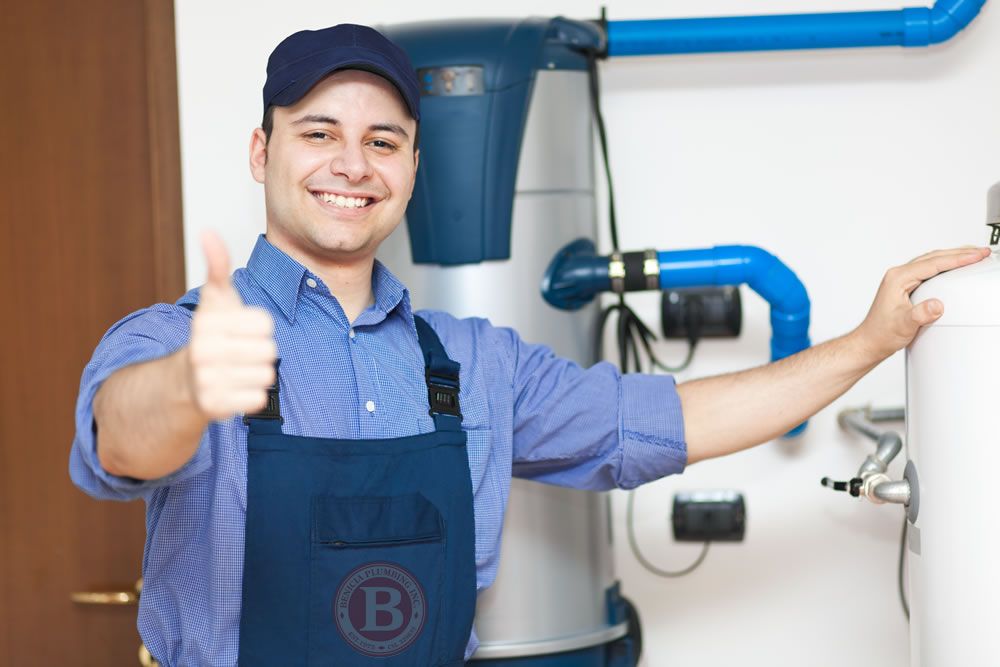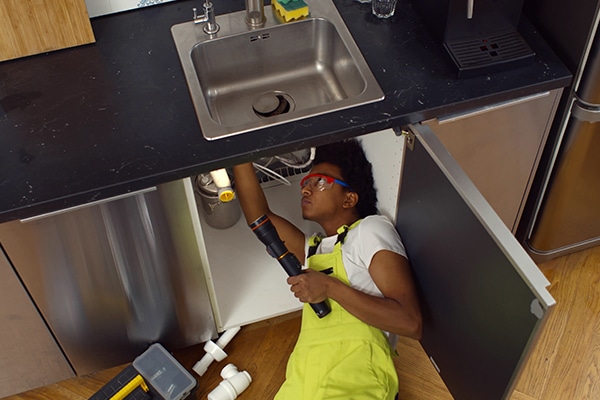Specialist Drain Cleaning Alabaster AL to Maintain Your Pipeline Flowing
Specialist Drain Cleaning Alabaster AL to Maintain Your Pipeline Flowing
Blog Article
A Step-by-Step Overview to Efficient Hot Water Heater Setup for Optimal Efficiency
Embarking on the task of mounting a water heating unit is a venture that requires precision and an organized method for achieving ideal efficiency. As you continue, the complexities of attaching water supply lines and establishing up dependable electrical or gas links await, appealing insights into making certain performance and reliability.
Selecting the Right Hot Water Heater

Next, take into consideration the size and ability of the water heater. It's important to analyze your home's hot water needs, which can differ based on the variety of residents and their use patterns. A device that's as well small might cause inadequate hot water, while an oversized design might result in unneeded power usage.
Performance rankings also play a critical role in choice. Search for water heating systems with high Energy Factor (EF) scores, indicating premium performance and reduced energy usage. Tankless designs, though usually much more expensive upfront, deal substantial power cost savings with time because of their on-demand heating capabilities.
Preparing the Setup Location
Prior to setting up a new water heating system, meticulous preparation of the installment area is crucial. It's important to gauge the room meticulously to fit the water heating unit's dimensions, ensuring sufficient clearance around the unit for efficient operation and maintenance.
Next, get rid of any kind of particles, dust, or blockages from the site to produce a tidy atmosphere. Inspect the flooring for security, as the water heater will certainly require a strong, level surface to operate successfully. If needed, mount a drip pan under the system to catch prospective leaks or spills, preventing water damages to the surrounding location. In regions susceptible to seismic task, think about installing seismic bands to secure the heater firmly in place.
Furthermore, make certain that all required tools and products get on hand prior to beginning the installment. This consists of things such as wrenches, screwdrivers, a degree, and any extra equipment required for securing the heating system and placing. A well-prepared installment location establishes the structure for an effective water heating system setup, enhancing efficiency and safety and security.
Connecting Water Supply Lines
When attaching supply of water lines to your freshly installed water heating unit, it is vital to make certain that all links are protected and leak-free to preserve efficient procedure and avoid water damage. Begin by identifying the cool and hot water system lines. The chilly water inlet is commonly noted with a blue label or a "C", while the hot water outlet is marked with a red label or an "H".
Usage versatile water heating unit connectors to facilitate a less complicated installation process. go Prior to connecting the adapters, put a plumbing professional's tape around the threaded ends of the water heating system's inlet and electrical outlet pipelines.
Once links remain in area, gradually switch on the primary supply of water shutoff. Evaluate each link for leakages by visually inspecting and really feeling for moisture. Tighten up links as necessary, and make sure the stress relief shutoff is appropriately mounted, protecting against excessive pressure accumulation.
Establishing Electric or Gas Links
Effectively establishing up the electric or gas connections for your water heater is an important step to make sure safe and reliable procedure. For electric water heating units, start by verifying that the electric circuit is suitable with the heating unit's voltage and amperage demands.
For gas water heating systems, safety is vital. Connect the gas line to the water heating system utilizing a versatile gas port, guaranteeing it is properly threaded and secured with pipe joint compound or Teflon tape ideal for gas connections.
As soon as links are made, examine for any type of potential leaks. For gas lines, use a soapy water remedy to the joints; bubbles suggest a leakage. For electrical connections, ascertain that all electrical wiring is safe and properly shielded, preserving conformity with local electric codes.
Readjusting and examining for Effectiveness
With the electrical and gas connections securely in position, the following step is examining the functional effectiveness of your hot water heater. Begin by meticulously switching on the water and making sure there are no leakages at any one of the joints or shutoffs. As soon as confirmed, proceed to fill up the storage tank, focusing on the stress and description temperature level setups. It is suggested to establish the thermostat to an advised temperature of around 120 ° F(49 ° C) to stabilize energy performance and comfort.
Following, do an extensive assessment to make sure the heating components or gas burners are working correctly. For electric heating systems, make use of a multimeter to confirm if the aspects are drawing the proper present. In gas models, observe the burner fire; it must be blue and consistent, indicating reliable combustion.
Readjust the setups as required to get rid of inadequacies. Think about implementing insulation procedures, such as including a hot water heater covering, to better improve performance by reducing warmth loss. In addition, inspect the anode rod's condition, as a scrubby pole can reduce effectiveness and result in container corrosion.
Final Thought
Reliable water heating system installation is important for making certain optimum efficiency and power financial savings. By picking the ideal type and size, and meticulously preparing the setup location, a structure for success is developed. Firmly attaching water supply lines and this page thoroughly setting up electric or gas links minimize potential issues. Thorough testing for leaks and accurate thermostat modifications to 120 ° F enhance integrity and efficiency. Sticking to these steps promotes long-term capability and power conservation in household water heater.

Appropriately establishing up the electrical or gas links for your water heater is a vital step to ensure reliable and risk-free operation. For electrical water heating units, begin by confirming that the electrical circuit is compatible with the heating unit's voltage and amperage demands. Link the gas line to the water heating system utilizing a versatile gas connector, ensuring it is appropriately threaded and sealed with pipeline joint compound or Teflon tape suitable for gas connections.
Report this page